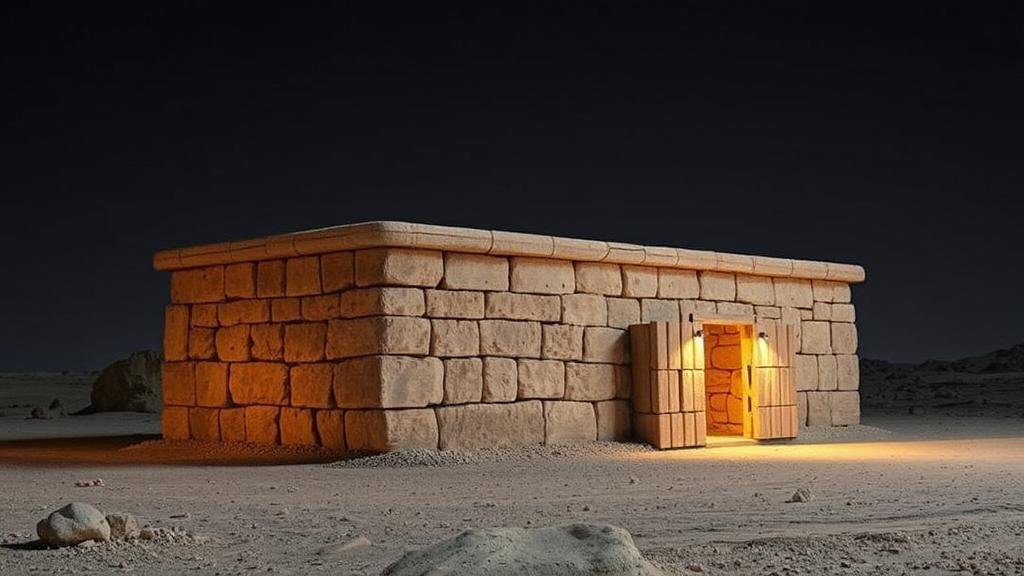Exploring the secrets of the ancient Bagdad Battery and its possible uses.
Exploring the Secrets of the Ancient Baghdad Battery and Its Possible Uses
The Baghdad Battery, commonly referred to as the Parthian Battery or the Seleucid Battery, is a fascinating artifact that has intrigued historians, archaeologists, and enthusiasts of ancient technology. Dating back to around 250 BC, this device was discovered in 1938 near the ancient site of Ctesiphon, close to modern-day Baghdad, Iraq. The object has sparked numerous theories regarding its purpose, ranging from a simple pottery jar to a sophisticated power source. In this article, we delve into the specifics of the Baghdad Battery, exploring its construction, historical context, and speculated uses.
Construction and Design
The Baghdad Battery comprises three main components: a clay jar, a metal cylinder, and a copper base. The jar itself is roughly 13 inches high and has a diameter of about 5 inches, crafted from clay, which was a common material in ancient societies.
Key features of the device include:
- The jar, which serves as an insulator.
- The metal cylinder, typically made of iron or copper, placed inside the jar.
- A copper disk at the bottom acting as the batterys base.
The inner lining of the jar was likely coated with some form of acid or electrolyte substance, possibly vinegar or lemon juice, which would facilitate the creation of electric current–a surprising conception for its time.
Historical Context
The discovery of the Baghdad Battery coincides with the period of the Parthian Empire, an era where the exchange of ideas and technology between cultures flourished. This period saw advancements in several fields, including metallurgy, agriculture, and engineering. Intriguingly, there is evidence to suggest that the ancient civilizations, such as the Egyptians and Greeks, were aware of basic electrochemical principles.
Not only does this artifact provide a glimpse into the technological capabilities of the Parthians, but it also reflects the cultural exchanges that occurred along trade routes such as the Silk Road. The Baghdad Battery is a reminder of the ingenuity and creativity inherited from ancient times.
Possible Uses of the Baghdad Battery
Various theories have emerged regarding the intended purpose of the Baghdad Battery. Here are some of the most notable hypotheses:
- Electroplating: Some researchers speculate that the battery could have been used for electroplating objects with gold or silver, a technique that was known in Roman times. electric current generated could have been instrumental in the process of depositing metal onto surfaces.
- Medical Uses: Another theory posits that this battery may have been utilized in early forms of electrotherapy. Given that ancient civilizations often integrated natural remedies and treatments, the creation of mild electric shocks could have been applied for pain relief or healing.
- Religious or Ritualistic Purposes: It is also suggested that the battery may have had a symbolic function within religious practices or rituals, possibly as a source of divine energy that was believed to connect individuals with deities.
Scientific Investigations and Modern Implications
Despite extensive research, no definitive claims have been established concerning the Baghdad Batterys original use. Nonetheless, numerous experiments have demonstrated that the device can generate a mild electric current, suggesting that the ancient builders possessed a sophisticated understanding of electrical principles, albeit rudimentary by today’s standards.
For example, in the early 20th century, several researchers created replicas of the Baghdad Battery using similar materials and observed the same functionalities observed in the original. Also, modern technology has helped analyze the chemical residue found within the jar, revealing traces of substances that could have facilitated electrochemical reactions.
Conclusion and Actionable Takeaways
The Baghdad Battery remains one of the most enigmatic artifacts of ancient technology. Its potential uses–from electroplating to therapeutic applications–continue to provoke fascination and inspire further research into the capabilities of past civilizations. As our understanding of physics and chemistry has evolved, so too has our appreciation for the ingenuity of our ancient predecessors.
For those interested in history and science, the exploration of the Baghdad Battery serves as a reminder that while technology defines the modern age, it is our ancient history that laid the foundational knowledge. Here are a few actionable takeaways:
- Consider participating in archaeological workshops or lectures that delve deeper into ancient technologies.
- Engage in community science projects that explore the intersection of history and technology.
- Explore the legacy of ancient civilizations through museum collections or academic research opportunities.
In the interplay between history and innovation, the Baghdad Battery symbolizes the relentless human pursuit of knowledge–a pursuit that continues to this day.



